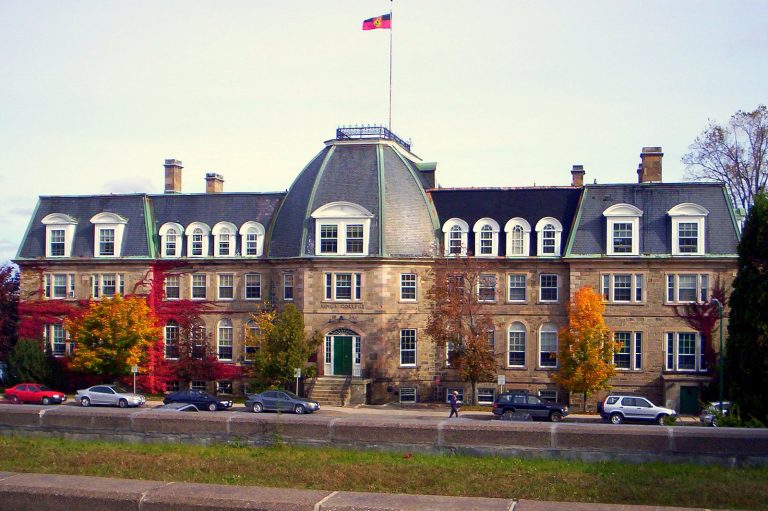The past 60 years have been billed by much of the mainstream as a uniformly progressive march towards the furtherance of human emancipation. In the popular ethos, societal development is often neatly summarized by the following equation: technology + time = freedom. The advent of medical and communication technologies – including DNA testing and sequencing, electric vehicles, cell phones, GPS, and the internet – have all been hailed as the be-all and end-all of humanity’s development.
Why then, after nearly 60 years of progress and adaptation, do many North American primary and secondary students find themselves feeling increasingly isolated, alone, and unmotivated?
The schoolhouse, once a place where students could interact, influence one another, and enjoy their youth, is, at least for the moment, gone. Attending school within the online milieu is fundamentally alienating; young students float around with minimal direction and countless distractions
There are over 100,000 students within the New Brunswick education system. How many of them struggle to make it online, and how many more fail to even go?
New Brunswick’s population is 51% rural, and many of the families that comprise this sector lack proper high-speed internet connections. Such gaps in coverage make it difficult for low-to-middle-income students to fully participate in their classes. Poor internet makes the classroom laggy, slow, and disinteresting.
Young students depend on their public education to reach their future goals. Still, class time is about more than just grades and notes, and online schooling has made one thing clear: building social skills, routine, and discipline is incredibly difficult when leaving class is as simple as clicking a power button.
Ages one to eight are some of the most formative years of a child’s life. At these ages, children learn faster than they ever will again and experience rapid cognitive development. Like a gardener watering his seedling of a plant, school serves to positively influence the young during their most formative years. Today, it seems like such a gardener is nowhere to be seen. Young seedlings now reach as far as their roots can stretch, and very few receive what is actually necessary for them to prosper.
Online schooling has exacerbated these issues. It seems that interconnectedness and virtuality have left us more disconnected than ever before. What’s worse is that we don’t really know the long-term effects of such a lacklustre manner of schooling young children.
Still, certain governmental measures have been taken to help alleviate the worst effects of the pandemic.
The provincial government of New Brunswick has implemented a variety of measures to help stop the spread of COVID-19. With the ICU at 86% capacity, they seem more necessary than ever before.
“Some of the elements of this strategy are a significant departure from what we have done so far,” said Dr. Jennifer Russell, the province’s chief medical officer of health. “This new approach has been considered very carefully by Public Health. We feel strongly that these are the best actions we can take to manage risk, support critical infrastructure, and minimize as much as possible the disruption of New Brunswickers’ lives” (Government of New Brunswick).
Our youth are Canada’s future. Historical development has brought with it a number of hardships. Medical and communication technologies have grown at unprecedented rates. As a result, medicine is the most promising it has ever been, with life expectancy having grown exponentially since the 1950s.
Don’t let such advancements go to waste. Do not forget the thousands of students who have struggled to find their places in life. Let us hope that our futures will grow beyond the confines of the internet and that one day, our capacities as human beings will not be inhibited by the virtual.




